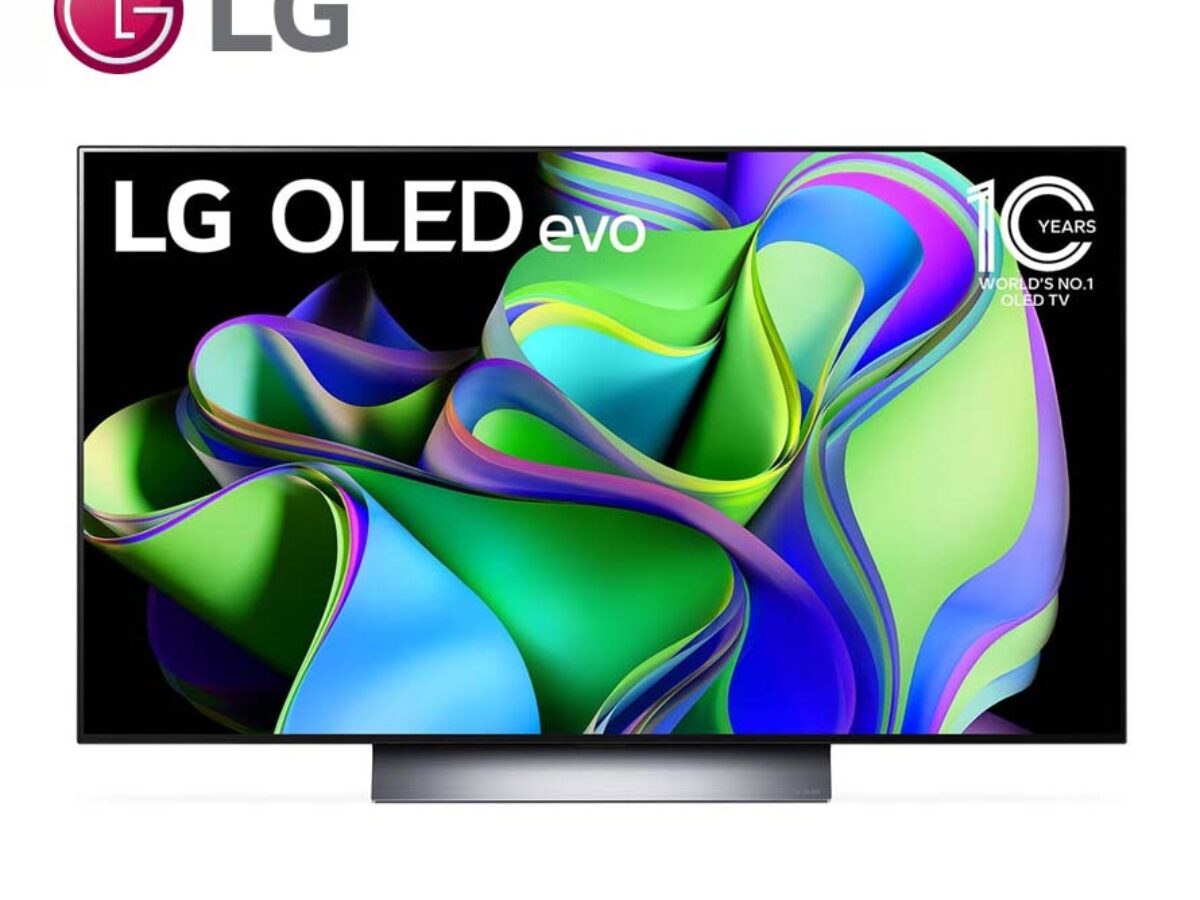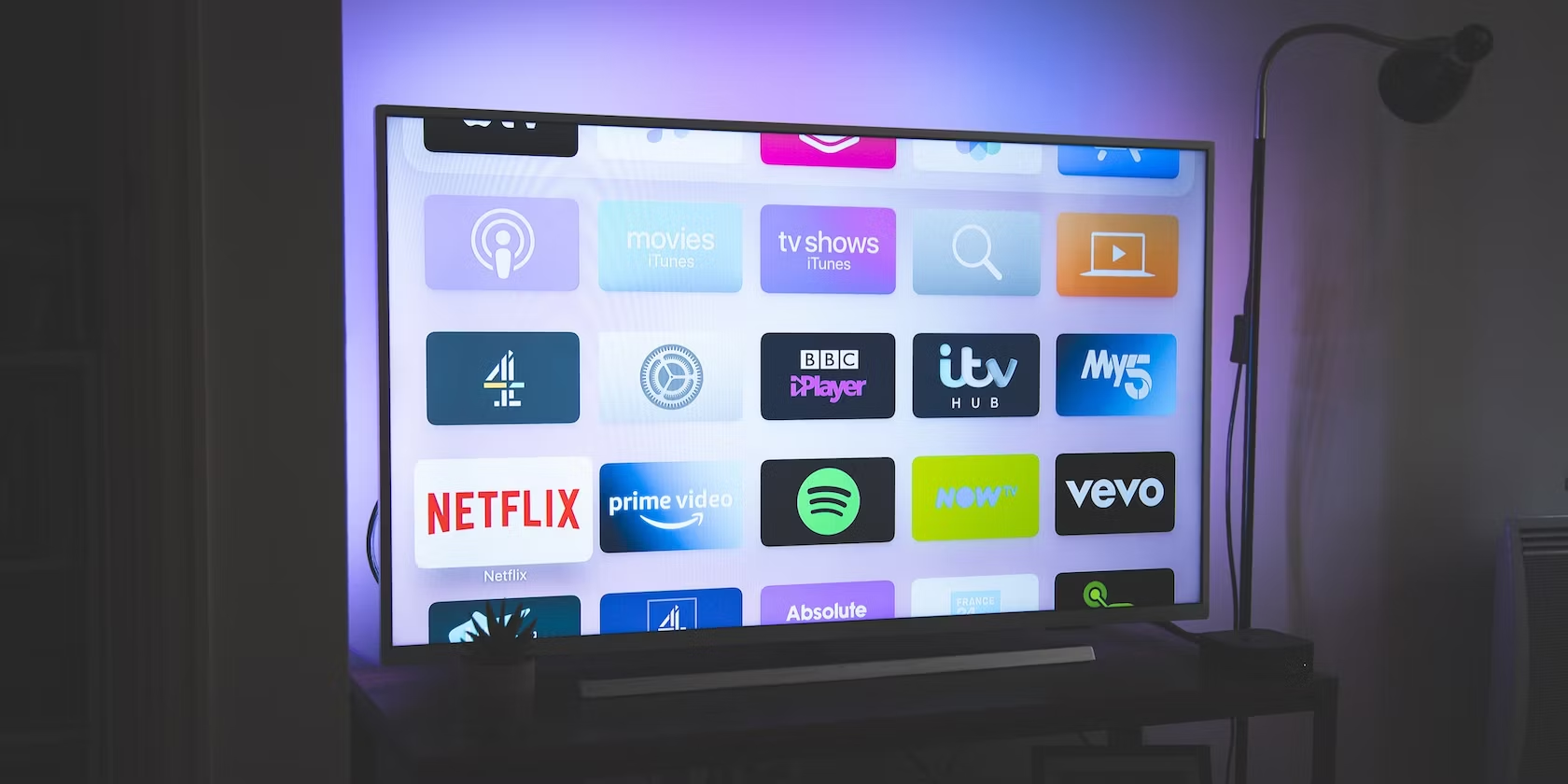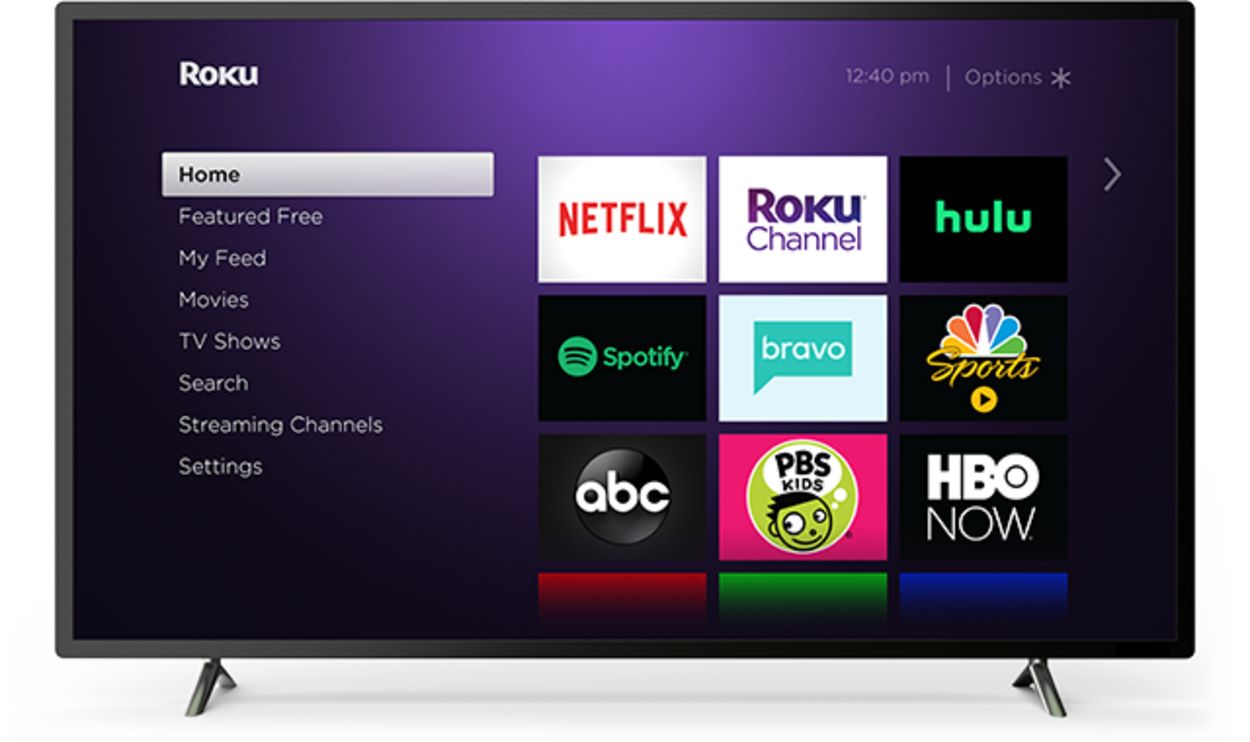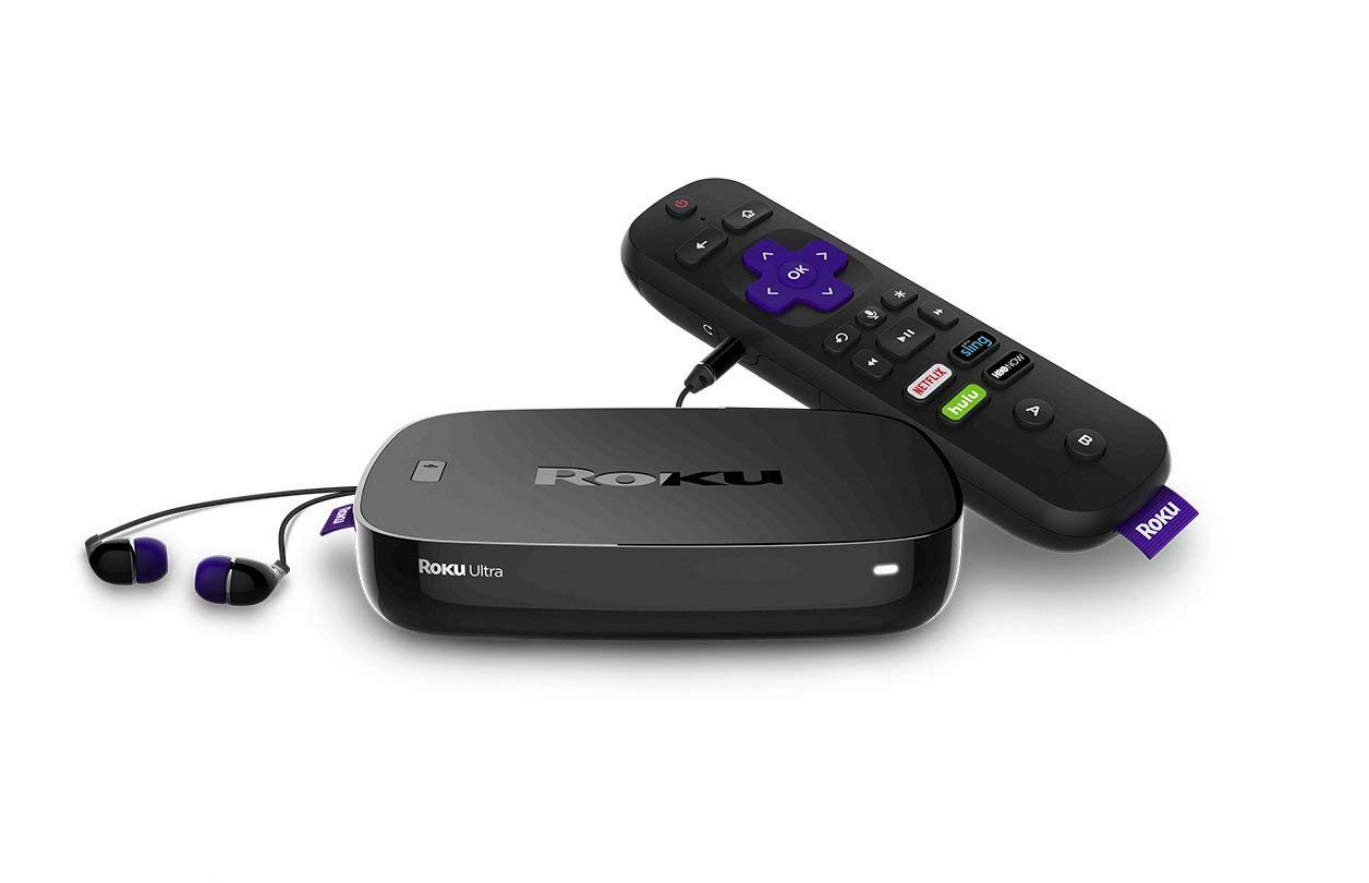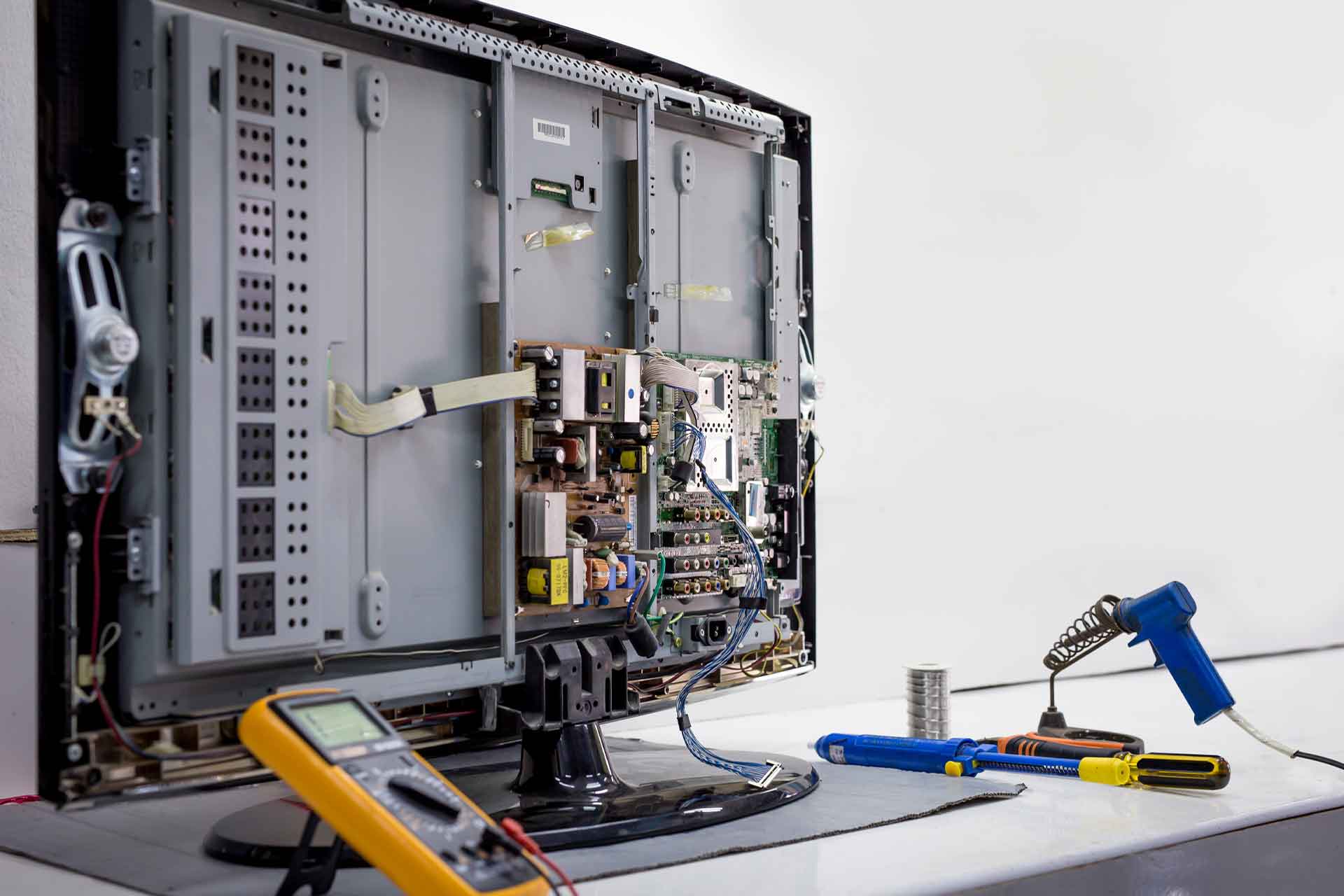Introduction
Welcome to the world of Smart TVs! As technology continues to evolve, the way we consume entertainment in our homes has transformed dramatically. Gone are the days of traditional televisions that only allowed us to passively watch our favorite shows and movies. With the advent of Smart TVs, we now have the luxury of accessing a whole new level of entertainment right from the comfort of our living rooms.
A Smart TV, also known as a connected TV, is a television set that is equipped with built-in internet connectivity and various smart features. This means that you can now stream your favorite content from popular platforms like Netflix, Hulu, and Amazon Prime Video directly on your television, without the need for an additional streaming device.
However, with all the advanced technology and features that Smart TVs offer, you might be wondering how much they actually cost. The price of Smart TVs can vary significantly depending on several factors, including the brand, screen size, display technology, and additional features.
In this article, we will explore the different factors that affect the cost of Smart TVs and provide you with an overview of the price ranges and options available in the market. Whether you’re on a tight budget or looking for a top-of-the-line model, we’ll help you navigate through the world of Smart TVs to find the perfect fit for your entertainment needs.
Factors Affecting the Cost of Smart TVs
When it comes to determining the cost of a Smart TV, there are several key factors that come into play. Understanding these factors will help you make an informed decision and find a Smart TV that fits your budget and requirements. Here are some of the main factors that affect the cost of Smart TVs:
- Brand: The brand of the Smart TV plays a significant role in its pricing. Well-established brands that have a reputation for quality and reliability often come with a higher price tag compared to lesser-known brands. However, opting for a reputable brand can give you peace of mind and assurance of a quality product.
- Screen Size: The size of the screen is another crucial factor affecting the cost of a Smart TV. Generally, larger screens come with a higher price tag. If you have a spacious living room and enjoy immersive viewing experiences, you might opt for a bigger screen size. However, keep in mind that larger screens also require more space and may not be suitable for smaller rooms.
- Display Technology: The display technology used in the Smart TV also influences its cost. LED and LCD TVs are often more affordable, while OLED and QLED TVs tend to be more expensive due to their superior picture quality and color accuracy.
- Resolution: The resolution of the Smart TV refers to the number of pixels it can display. Higher resolutions such as 4K Ultra HD or 8K Ultra HD offer sharper and more detailed images. However, they also come at a higher cost. If you’re on a budget, a Full HD (1080p) TV might be a more affordable option.
- Smart Features: The smart features and capabilities of a Smart TV can also affect its price. Some Smart TVs offer advanced features like voice control, built-in cameras, or smart home integration, which can drive up the cost. Consider which features are important to you and choose a Smart TV that aligns with your needs.
These factors can vary significantly among different models and brands of Smart TVs, which is why it’s important to prioritize and determine what features are essential for your viewing experience. By understanding these factors, you can make a more informed decision when it comes to selecting a Smart TV that fits your budget and provides the features you desire.
Budget Smart TVs
If you’re looking for an affordable Smart TV option without compromising on functionality, budget-friendly models are worth considering. These Smart TVs offer a range of smart features at a more wallet-friendly price point. Here are some key characteristics of budget Smart TVs:
- Affordable Price: Budget Smart TVs are designed to be cost-effective, making them a great choice for those on a tight budget. You can find entry-level Smart TVs starting from as low as $200, making them a great option for first-time buyers or those looking for a secondary TV.
- Decent Display Quality: While budget Smart TVs may not have the same picture quality as their high-end counterparts, they still offer decent display quality for casual viewing. You can expect HD or Full HD resolution options, which provide clear and vibrant visuals.
- Basic Smart Features: Budget Smart TVs come equipped with essential smart features that allow you to stream content from popular platforms like Netflix, YouTube, and more. They often have built-in Wi-Fi connectivity and access to app stores that offer a limited selection of apps and services.
- Smaller Screen Sizes: Budget models typically come in smaller screen sizes, ranging from 32 inches to around 50 inches. These sizes are suitable for smaller rooms or as a secondary TV in bedrooms or kitchens.
- Simplified Design: In order to keep the costs down, budget Smart TVs may have a more simplistic design compared to higher-end models. This means they may have fewer ports, limited connectivity options, and a less premium build quality.
While budget Smart TVs may not have all the bells and whistles of their more expensive counterparts, they can still provide a satisfactory viewing experience for everyday use. If you’re not overly concerned about having the latest features and the highest picture quality, a budget Smart TV can be the perfect fit for your needs and your wallet.
Mid-Range Smart TVs
If you’re willing to invest a bit more in your Smart TV but still want to stay within a reasonable budget, mid-range models offer a great balance between affordability and quality. Here are some key features and considerations of mid-range Smart TVs:
- Enhanced Display Quality: Mid-range Smart TVs typically offer improved display quality compared to budget models. You can expect Full HD (1080p) or even 4K Ultra HD resolution options, providing sharper and more detailed visuals for a more immersive viewing experience.
- Wide Range of Screen Sizes: Mid-range Smart TVs are available in various sizes, ranging from 40 inches to 65 inches or even larger. This allows you to choose a screen size that suits your viewing preferences and the size of your room.
- Upgraded Smart Features: Mid-range models often offer more advanced smart features compared to budget Smart TVs. These may include voice control functionality, a wider selection of pre-installed apps, faster processing power, and improved connectivity options.
- Better Build Quality: Mid-range Smart TVs tend to have a more robust build quality compared to budget models. They may feature sleeker designs, thinner bezels, and more durable materials, adding a touch of elegance to your living room.
- Additional Connectivity Options: In the mid-range segment, you can expect a wider range of connectivity options, including multiple HDMI ports, USB ports, and audio outputs. This allows you to connect various external devices such as gaming consoles, soundbars, or Blu-ray players.
Mid-range Smart TVs strike a balance between affordability and enhanced features, making them a popular choice for many consumers. Whether you enjoy streaming content, gaming, or simply watching your favorite shows, mid-range models provide adequate performance and a more enjoyable viewing experience without breaking the bank.
Premium Smart TVs
If you’re a tech enthusiast or a home theater aficionado who is willing to invest in top-of-the-line performance and cutting-edge features, premium Smart TVs are the way to go. These high-end models provide an unrivaled viewing experience but often come with a higher price tag. Here are key features and considerations of premium Smart TVs:
- Superior Display Technology: Premium Smart TVs boast the latest display technologies, such as OLED or QLED panels, delivering exceptional picture quality with deep blacks, vibrant colors, and high contrast ratios. These TVs often offer 4K or even 8K Ultra HD resolution, providing an incredibly detailed and lifelike viewing experience.
- Large Screen Sizes: Premium models are available in larger screen sizes, ranging from 65 inches and beyond. If you have a spacious viewing area and crave a truly cinematic experience, these large screen sizes will immerse you in the action.
- Advanced Smart Features: Premium Smart TVs offer an extensive array of advanced smart features and functionalities. From voice control and AI-assisted recommendations to advanced operating systems and app stores with a wide selection of apps, these TVs provide a seamless and intuitive user experience.
- High Refresh Rates: Premium Smart TVs often feature high refresh rates, such as 120Hz or even 240Hz, enabling smoother motion during fast-paced action scenes, sports, and gaming. This ensures that every detail is rendered accurately without motion blur or judder.
- Sleek Designs and Premium Build Quality: Premium Smart TVs showcase sleek and slim designs with minimal bezels, blending seamlessly into any living room decor. These TVs are crafted with high-quality materials and attention to detail, ensuring a premium aesthetic appeal and durability.
While premium Smart TVs come at a higher price point, they provide unparalleled performance and an immersive viewing experience that will satisfy even the most discerning viewers. If you’re a home theater enthusiast, a gaming enthusiast, or simply someone who appreciates the highest picture quality and advanced features, a premium Smart TV is a worthy investment.
Additional Costs Associated with Smart TVs
When purchasing a Smart TV, it’s important to consider the additional costs that may be associated with owning and using the device. While these costs may vary depending on your specific needs and preferences, here are some common expenses to keep in mind:
- Streaming Subscriptions: While Smart TVs provide access to various streaming platforms, many of these services require a subscription. Popular streaming services like Netflix, Hulu, and Disney+ have monthly or yearly fees. It’s essential to factor in the cost of these subscriptions when budgeting for your Smart TV.
- Internet Service: Smart TVs require an internet connection to access their smart features and stream content. If you don’t already have an internet service provider, you’ll need to sign up for one. Make sure to consider the monthly cost of internet service in addition to the Smart TV itself.
- Accessories: Depending on your preferences and usage, you might need to invest in additional accessories for your Smart TV. These may include HDMI cables, a soundbar or surround sound system for enhanced audio, a media streaming device (e.g., Chromecast, Roku) for additional streaming options, and a wall mount or TV stand for optimal placement.
- Energy Consumption: Smart TVs use electricity, and the larger the screen size and more advanced the features, the more energy they typically consume. It’s important to consider the potential increase in your energy bill when using a Smart TV regularly and factor it into your budget.
- Extended Warranty or Protection Plan: While not mandatory, some consumers opt for extended warranties or protection plans to cover potential repairs or damage to their Smart TVs. These plans come at an additional cost but provide peace of mind in case of accidents or defects.
By considering these additional costs, you can better estimate the total investment required for your Smart TV and ensure that it aligns with your budget and long-term financial goals. It’s important to weigh these expenses against the benefits and convenience that a Smart TV provides, allowing you to make an informed purchasing decision.
Tips for Finding the Best Smart TV Deals
Finding the best deals on Smart TVs requires a bit of research and savvy shopping. By following these tips, you can maximize your savings while still getting a high-quality Smart TV:
- Compare Prices: Don’t settle for the first deal you come across. Take the time to compare prices from different retailers, both online and in-store. Look out for sales, promotions, and discounts that can significantly reduce the cost of your Smart TV.
- Consider Older Models: New Smart TV models are released frequently, which means older models often receive price cuts. Consider opting for a previous-year model that still meets your requirements but comes at a more affordable price.
- Wait for Seasonal Sales: Retailers often offer significant discounts during major shopping events like Black Friday, Cyber Monday, and holiday sales. If you can wait, plan your purchase around these sales to take advantage of the best deals.
- Check Online Marketplaces: Online marketplaces like Amazon, eBay, and Craigslist sometimes offer used or refurbished Smart TVs for lower prices. Just make sure to research the seller and check the condition of the TV before making a purchase.
- Read Reviews: Before finalizing your purchase, read reviews and testimonials from other customers. This will give you insights into the quality, performance, and reliability of the Smart TV you’re considering.
- Consider Bundles: Some retailers offer bundles that include additional accessories such as soundbars, streaming devices, or wall mounts. These bundles can provide added value and save you money in the long run.
- Check Manufacturer’s Websites: Keep an eye on the websites of Smart TV manufacturers for exclusive deals and promotions. They may offer discounts or special offers directly to consumers.
- Take Advantage of Price Match Policies: If you find a better deal on a Smart TV at a different retailer, check if your preferred retailer offers price matching. This allows you to get the best price without sacrificing the convenience of shopping at your preferred store.
By implementing these tips, you can ensure that you find the best Smart TV deal that meets your needs and budget. Remember to prioritize your requirements and consider the long-term value and performance of the TV, rather than solely focusing on the price.
Conclusion
Smart TVs have revolutionized the way we consume entertainment, offering a wide range of features and capabilities that enhance our viewing experience. When it comes to purchasing a Smart TV, there are various factors to consider, including brand, screen size, display technology, resolution, and smart features. Understanding these factors will help you determine the right Smart TV that fits your budget and requirements.
For those on a tight budget, budget Smart TVs provide an affordable option without compromising on essential smart features. If you’re looking for a balance between affordability and improved performance, mid-range Smart TVs offer enhanced display quality and more advanced features. If you’re a tech enthusiast and demand the best of the best, premium Smart TVs provide top-of-the-line performance, superior display technology, and a range of advanced features.
It’s crucial to consider the additional costs associated with owning a Smart TV, such as streaming subscriptions, internet service, accessories, energy consumption, and warranty options. By accounting for these costs, you can plan your budget effectively and avoid any unpleasant surprises.
When it comes to finding the best Smart TV deals, take the time to compare prices, consider older models, wait for seasonal sales, and check online marketplaces. Reading reviews and considering bundles can also provide additional savings and value. Always prioritize your needs and long-term value rather than solely focusing on the price.
With the right knowledge and careful consideration, you can find the perfect Smart TV that offers the features and performance you desire, all within your budget. So, start exploring the exciting world of Smart TVs and enjoy a new level of entertainment in the comfort of your own home.







